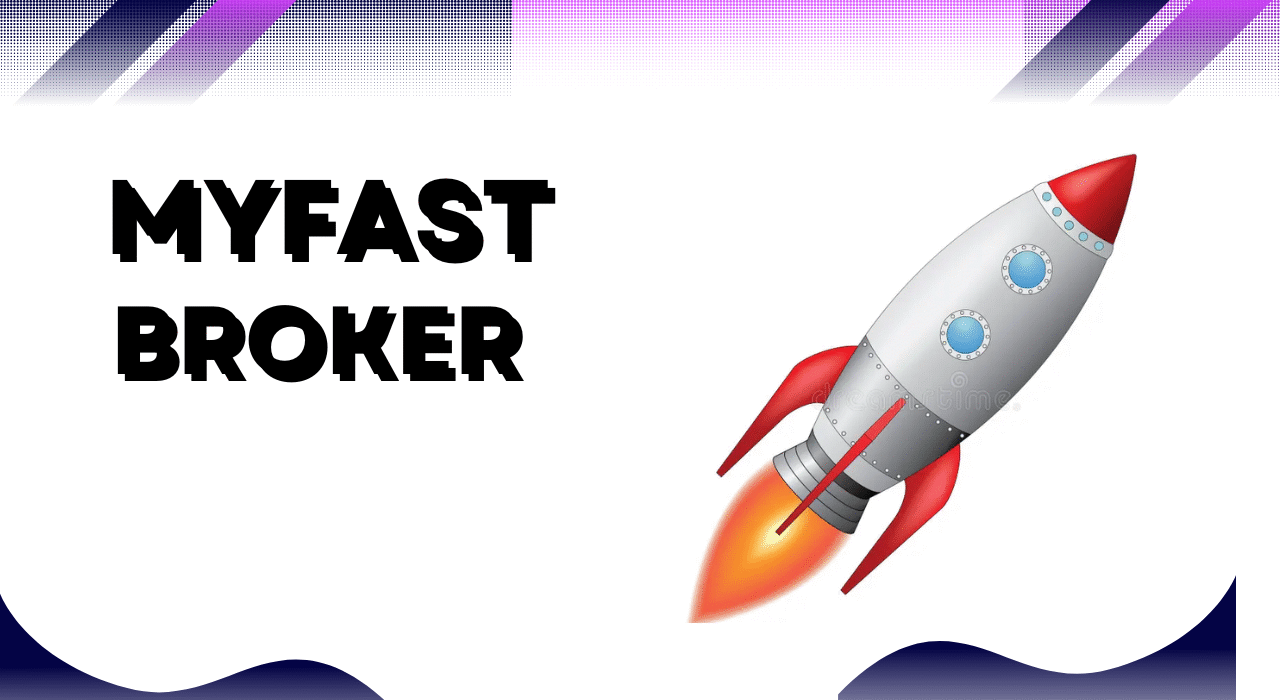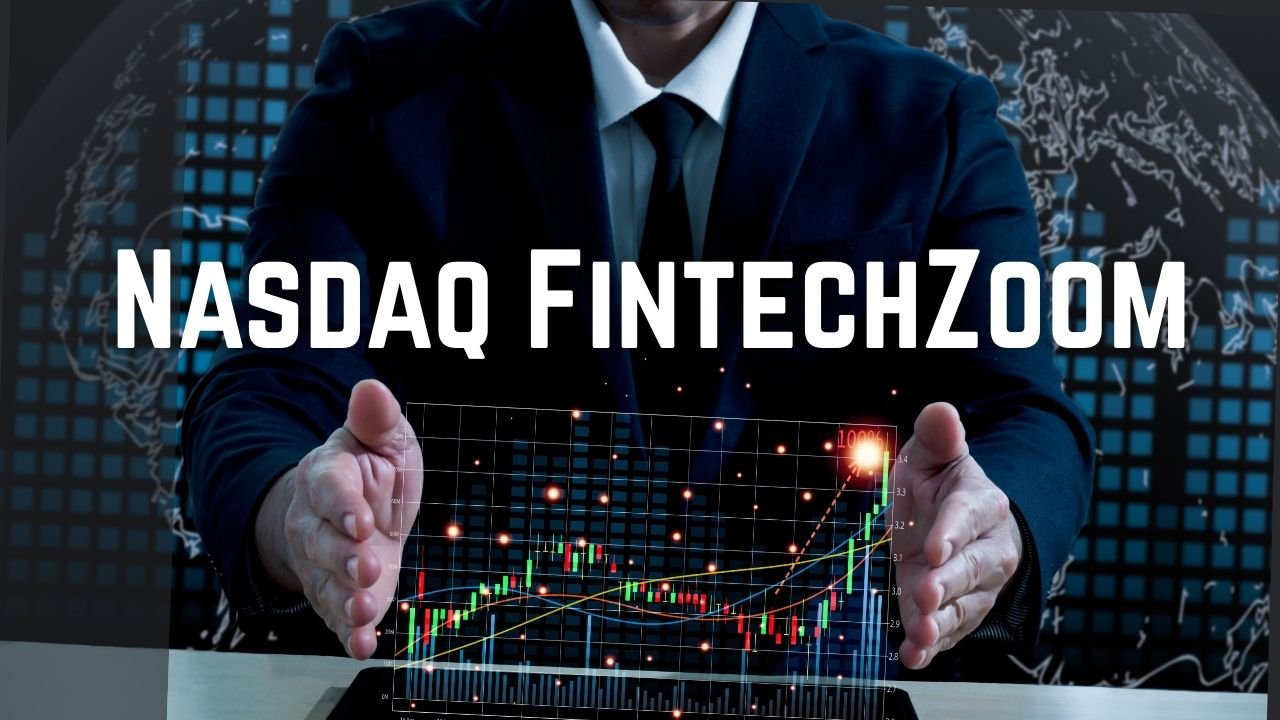MyFastBroker New ESG Dashboard: Can Speed and Sustainability Coexist?

In less than a decade, MyFastBroker has become synonymous with blister‑fast order routing and millisecond‑level chart refreshes. That reputation, however, places the platform squarely in the crosshairs of a new generation of investors who refuse to choose between performance and principles. Environmental, Social, and Governance (ESG) screens are no longer a niche concern; they are fast becoming a fiduciary expectation. In response, MyFastBroker has launched a real‑time ESG Dashboard that promises to let traders keep one finger on the trigger and the other on a company’s carbon footprint. But can a platform engineered for raw execution speed truly integrate the sprawling complexity of sustainability metrics without introducing friction? Let’s take a deep dive into how the dashboard works, why it was built, and whether it can reconcile the seemingly opposing desires for immediacy and impact.
Table of Contents
The ESG Imperative in High‑Velocity Trading
For years, ESG analysis was relegated to quarterly PDF reports and academic white papers—excellent fodder for long‑only portfolio managers but impractical for day traders. The urgency of climate risk, labor controversies, and governance scandals has now changed that dynamic. Retail investors expect live visibility into a firm’s social impact the same way they expect live Level II quotes. MyFastBroker recognized that if sustainability data cannot move at the speed of the market, it will never be factored into intraday decisions. By embedding an ESG layer inside the trading terminal itself, the broker hopes to shorten the “research‑to‑execution loop” from hours to seconds. This move is also defensive: regulators across Europe and parts of Asia have floated rules that could eventually require any broker marketing ESG products to show proof of due diligence. Speed, in other words, now includes the speed at which a platform can surface non‑financial risk.
Anatomy of the MyFastBroker ESG Dashboard
Open a chart on MyFastBroker, and a new teal‑colored ESG icon flares alive beside the volume indicator. One-click expands a side panel that resembles a heat map. The top section shows an overall ESG composite score from 0 to 100. Below it, three bar gauges break that score into Environmental, Social, and Governance pillars. Hovering over each bar reveals granular line items: Scope 1‑3 emissions, board diversity ratios, whistle‑blower policies, supplier audits, and even AI ethics guidelines for tech firms. A timeline scrubber lets traders see how any individual metric has trended day‑by‑day for the past year, visually correlated with price action in the main chart. Crucially, the entire panel updates tick‑by‑tick, pulling from a streaming data feed rather than a static database. The design philosophy mirrors MyFastBroker’s trading ladder—minimalist, color‑coded, and built for rapid pattern recognition. The company claims that since the dashboard is rendered by the same WebAssembly engine that powers its depth‑of‑market tool, the added code executes in under 20 milliseconds, preserving the platform’s trademark responsiveness.

Data Sources and Scoring Methodology
Sustainability data is only as credible as its provenance. MyFastBroker aggregates information from several layers: (1) regulated filings such as CDP climate disclosures and Form 10‑K risk factors; (2) natural‑language processing passes over verified news feeds to detect controversies; (3) satellite‑based remote sensing for real‑time emissions estimates in energy‑intensive industries; and (4) crowdsourced whistle‑blower portals vetted by third‑party auditors. Each data point is time‑stamped and assigned a confidence score. The platform then funnels the data through a Bayesian scoring engine that recalibrates weightings every night—so a single pollution incident may instantly drag down a company’s Environmental pillar. At the same time, a new independent director appointment could slowly lift its Governance score over several weeks. MyFastBroker publishes its full methodology in an open API reference to head off accusations of “black‑box greenwashing,” allowing quants to replicate or challenge the weightings in their scripts. Critically, raw ESG data points flow into the platform in parallel with price and order‑book data, ensuring that a spike in emissions or a labor strike is visible long before the next earnings call.
Real‑Time Performance vs. Responsible Investing
Skeptics argue that marrying ESG diligence with high‑frequency execution is like grafting a hybrid engine onto a Formula One car: noble in theory, clunky in practice. MyFastBroker’s engineering team counters that the brokerage’s microservice architecture isolates the ESG computation in a separate container, preventing it from competing with execution logic for CPU cycles. Beta testers report no measurable latency on market orders—even when simultaneously filtering watchlists for companies with ESG scores above 80. In fact, some traders have discovered alpha in fading companies that suffer sudden ESG downgrades: short‑selling a stock minutes after a scandal breaks can often capture the market’s inevitable repricing. Conversely, options traders capitalizing on positive governance catalysts—such as a board refresh or pay‑equity pledge—have used the dashboard’s alert system to jump‑start positions before the news hits mainstream terminals. Early data suggests that integrating ESG into rapid‑fire strategies is not only possible but potentially profitable for traders nimble enough to read the sustainability tape.
Challenges, Critiques, and the Road Ahead
No piece of software can magically solve the deepest quandaries of sustainable finance. Critics worry that compressing ESG analysis into a meter on a trading screen risks trivializing issues that demand deeper study. There remains a non‑trivial chance of false negatives when controversial events are under‑reported or false positives when corporate PR masquerades as genuine reform. The biggest unknown is regulatory harmonization: Europe’s SFDR, the U.S. SEC’s proposed climate‑risk rules, and Asia‑Pacific’s patchwork of frameworks are evolving targets. MyFastBroker pledges to revise its algorithms the moment any new standard becomes law, but that still leaves gaps in the interim. Another open question is investor psychology: will the adrenaline rush of short‑term gains always overpower the quieter satisfaction of positive societal impact? The company hints at upcoming features—such as simulated portfolio carbon budgeting and shareholder‑resolution voting prompts—that may push users toward more intentional behavior. Whether these tools will gain traction in a community famous for chasing volatility remains the story to watch.
Frequently Asked Questions
1. What exactly is ESG, and why should day traders care?
ESG stands for Environmental, Social, and Governance criteria. Environmental covers issues like carbon emissions and water use; Social looks at labor practices and community impact; Governance evaluates board structure and transparency. Even in short‑term trading, ESG events can ignite price swings—think of how a factory fire or a whistle‑blower lawsuit can crush a stock within minutes. By monitoring these metrics in real-time on MyFastBroker, traders can anticipate volatility instead of reacting to headlines after the fact.
2. How does MyFastBroker collect real‑time ESG data without slowing down the platform?
The broker streams data from paid feeds, open filings, and AI‑curated news wires into a dedicated microservice cluster. These servers process ESG signals independently of the order‑routing engine and then push only the latest scored values to the user interface. This architecture ensures that computation overhead never interferes with trade execution speed.
3. Will applying ESG filters delay my order fills or widen my spreads?
No. Filters operate client‑side on cached symbol lists and do not touch the matching engine or your brokerage account. You might see fewer eligible securities if you impose strict sustainability thresholds, but any orders you place will route just as fast and at the same spreads as non‑filtered trades.
4. Is the ESG Dashboard included in the standard MyFastBroker subscription?
Yes, for now. During its first year, the dashboard ships as a free upgrade to all retail accounts. However, MyFastBroker has hinted at a tiered analytics model in the future, so advanced ESG backtesting or bulk API calls could migrate to a premium plan.
5. Can I customize the weightings behind the composite ESG score?
Absolutely. The settings panel lets you drag sliders to emphasize or downplay specific metrics—for instance, bumping the Environmental pillar to 50 % weight if you are a climate‑focused trader. You can also export raw data to CSV via the MyFastBroker API and run your scoring models offline.
Conclusion
The launch of the MyFastBroker ESG Dashboard signals that the old dichotomy—trade fast or trade responsibly—may finally be collapsing. By weaving sustainability metrics into the very fabric of high‑velocity trading workflows, the platform proves that speed and ethics are not mutually exclusive engineering goals. Yet tools alone cannot guarantee impact; it is up to traders to decide whether they will use this newfound visibility to chase transient news spikes or to help direct capital toward companies driving genuine change. Either way, the debate over whether performance and principles can coexist is no longer theoretical. With MyFastBroker latest innovation, the market now has a live scoreboard—and every click tells the tale.











